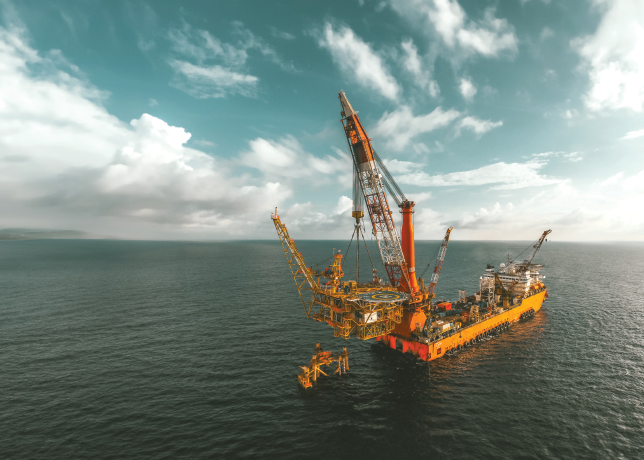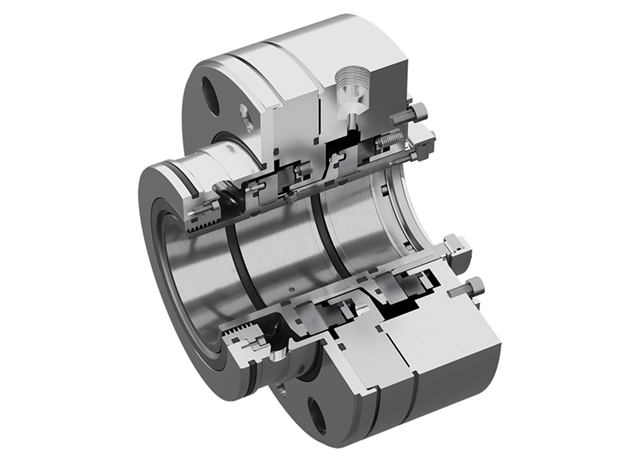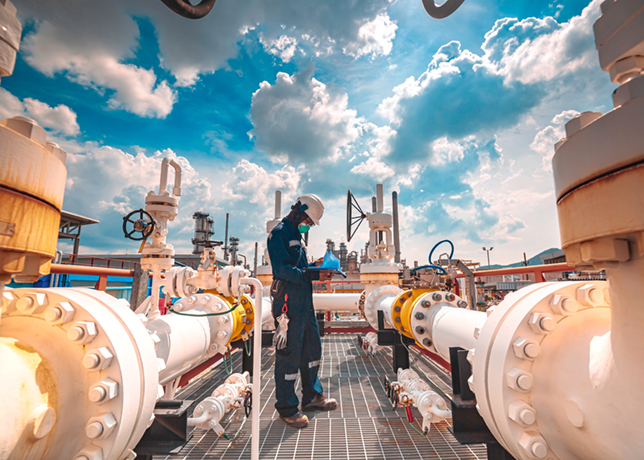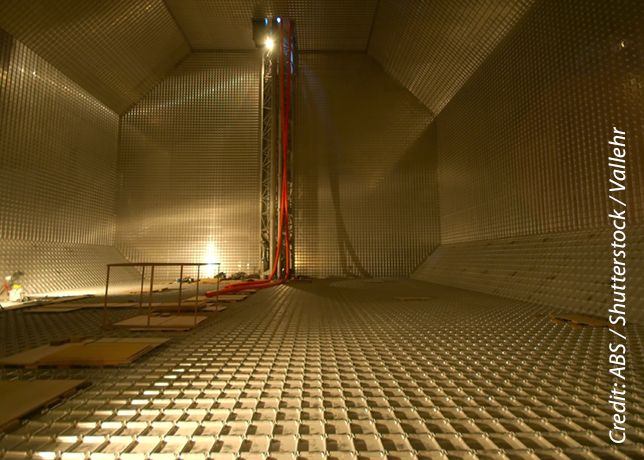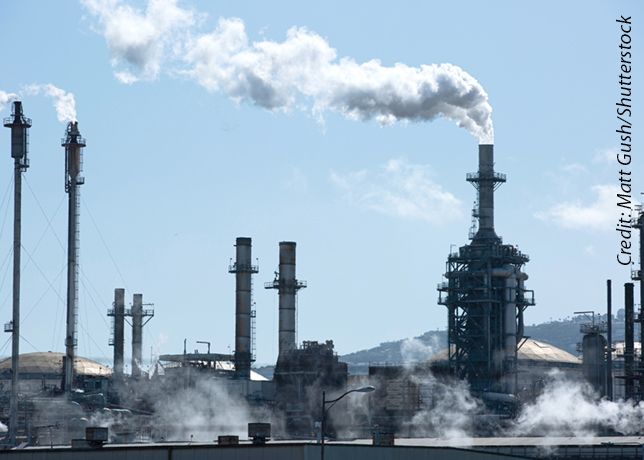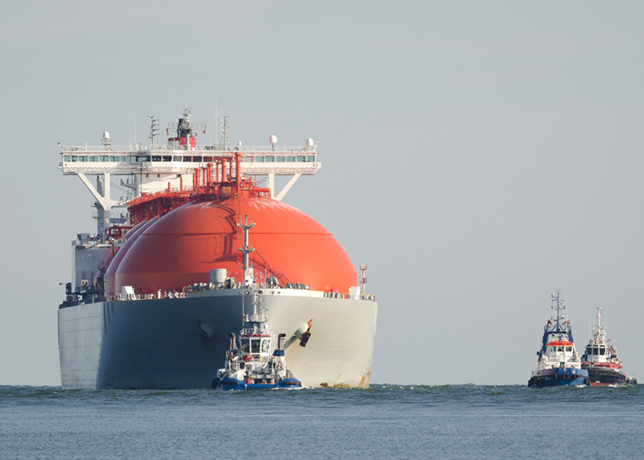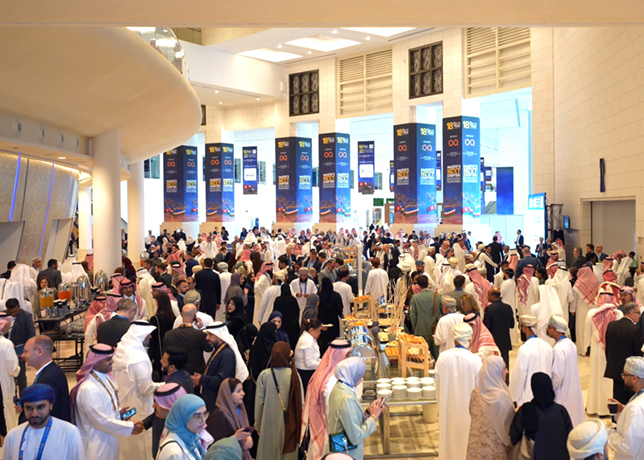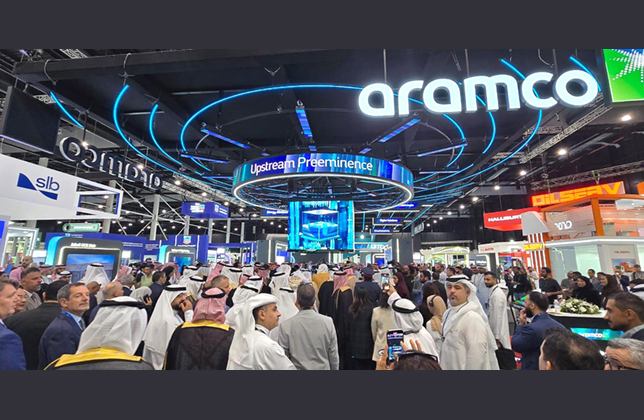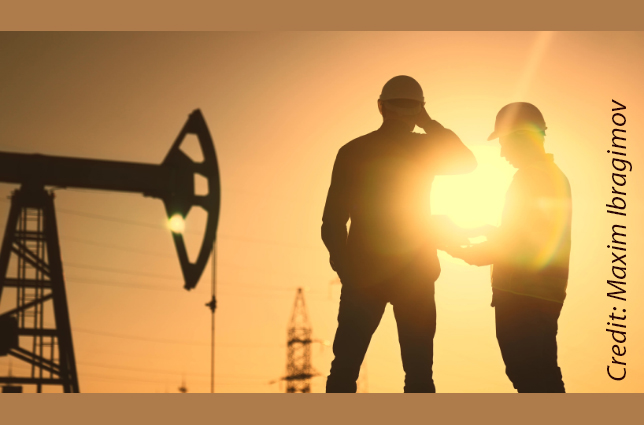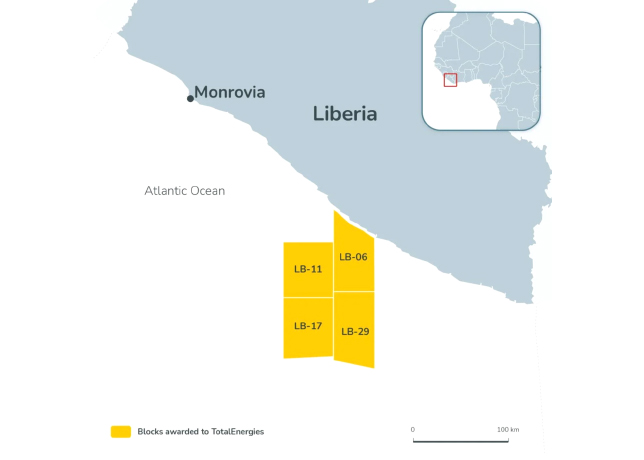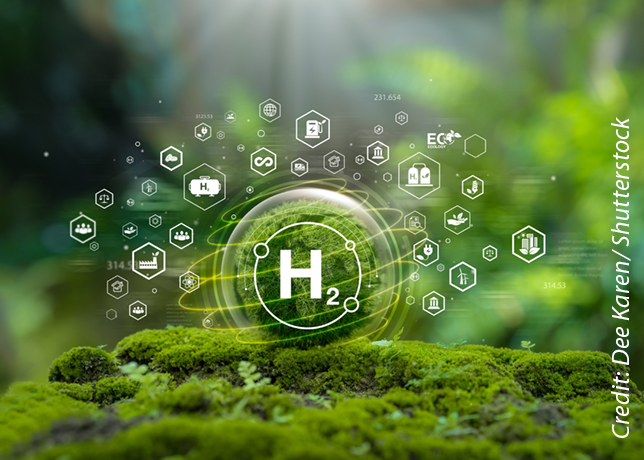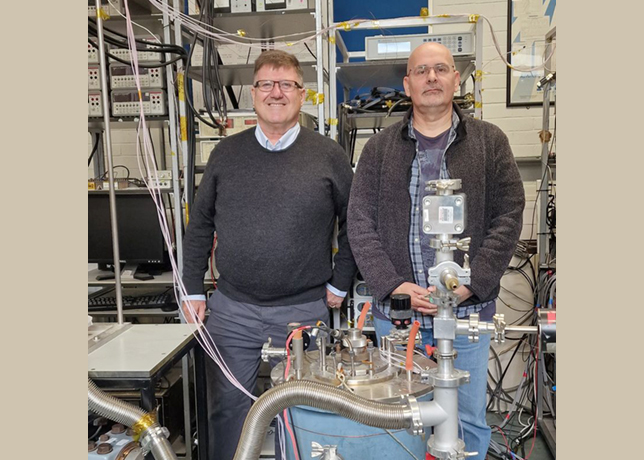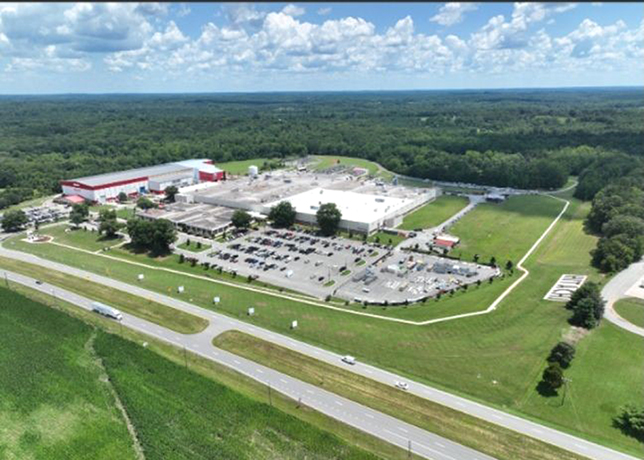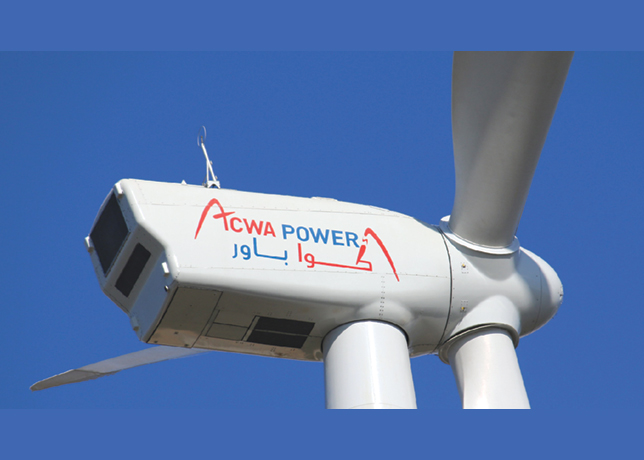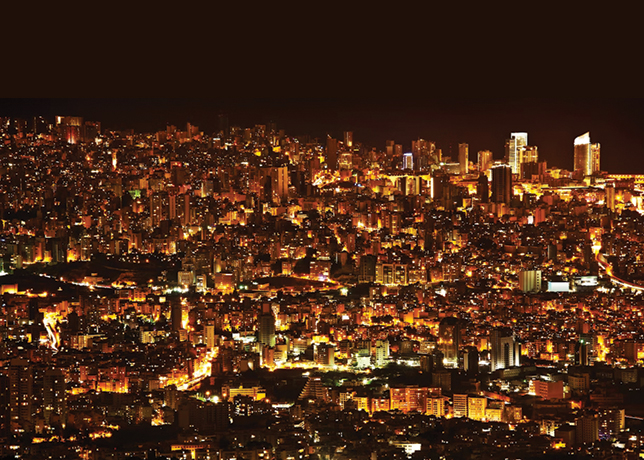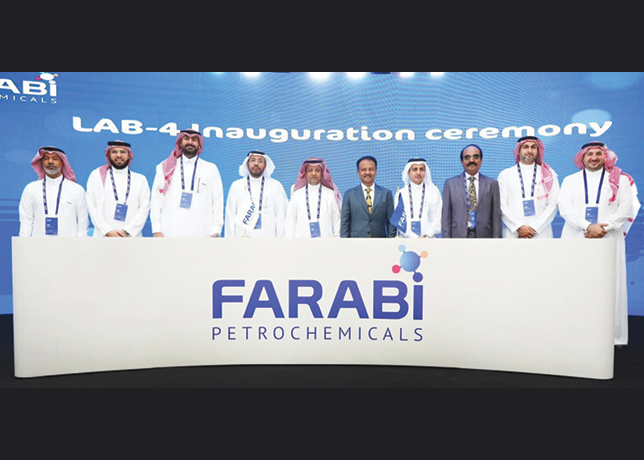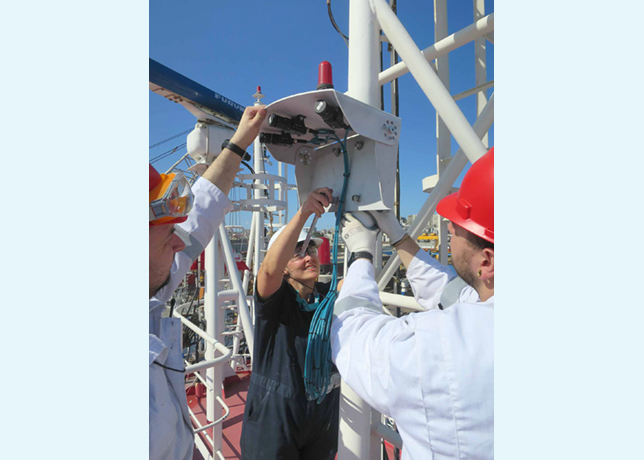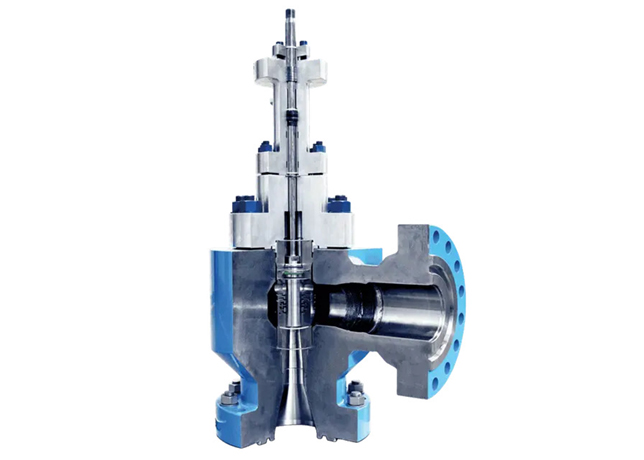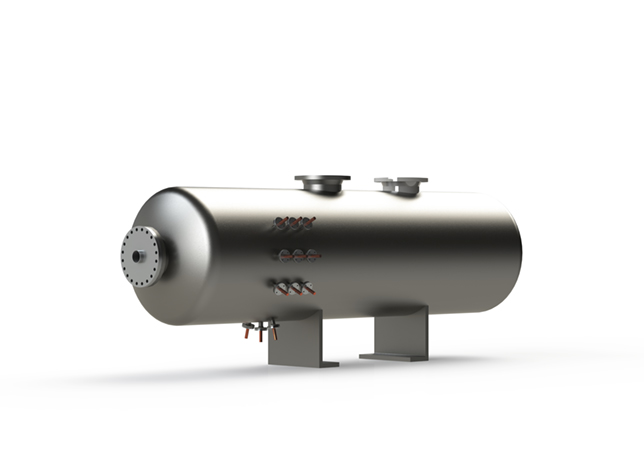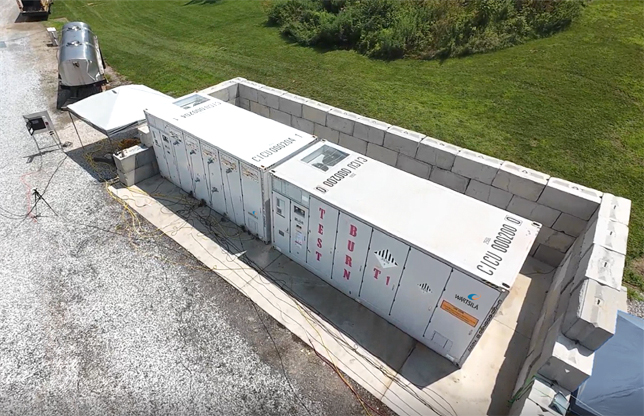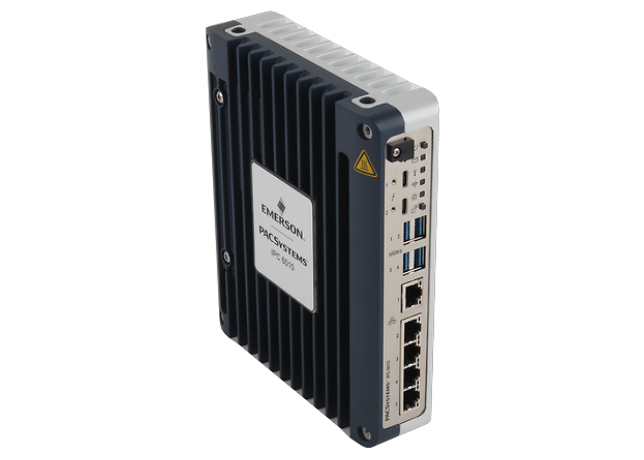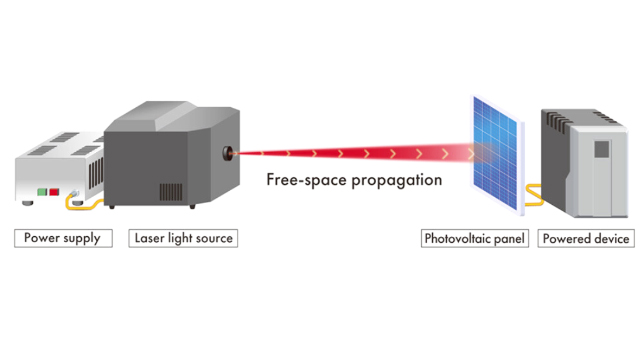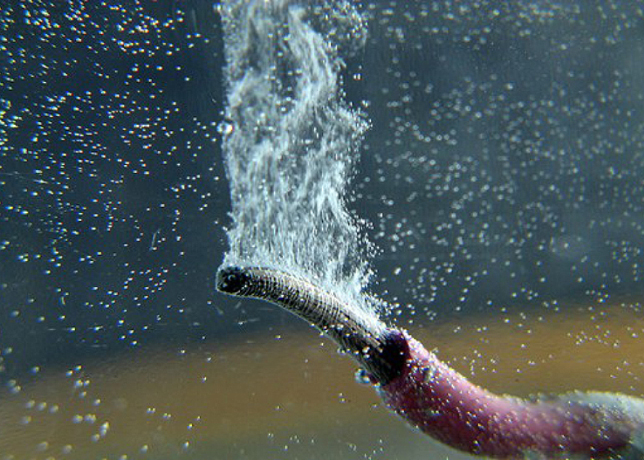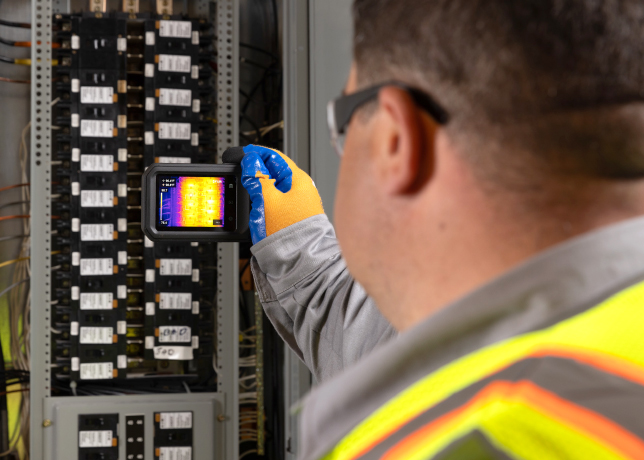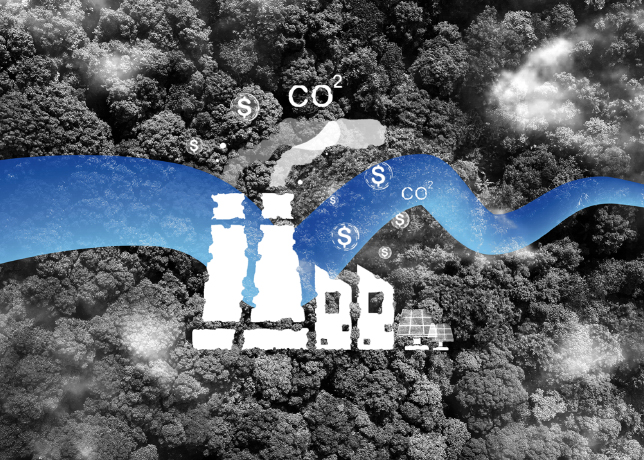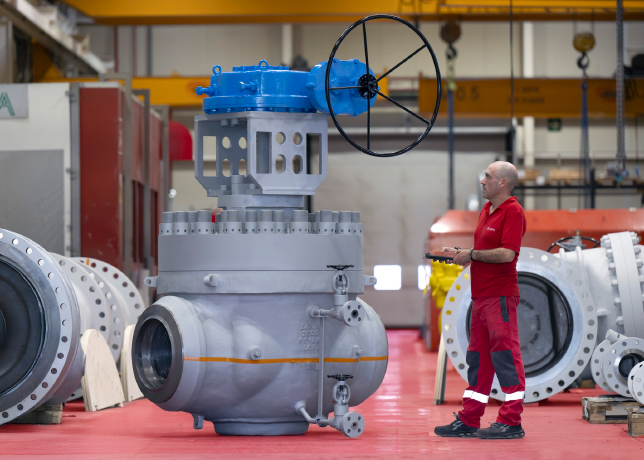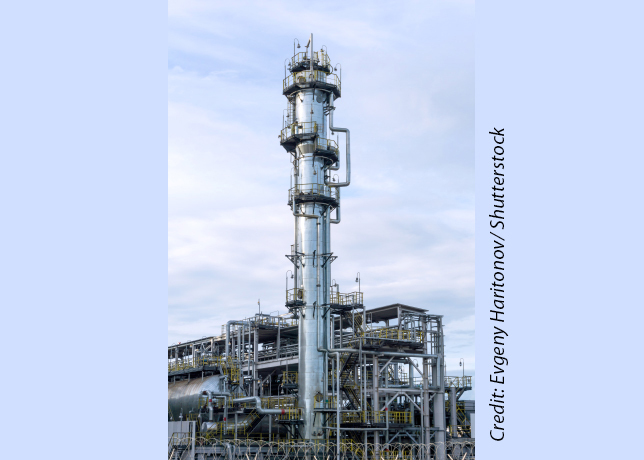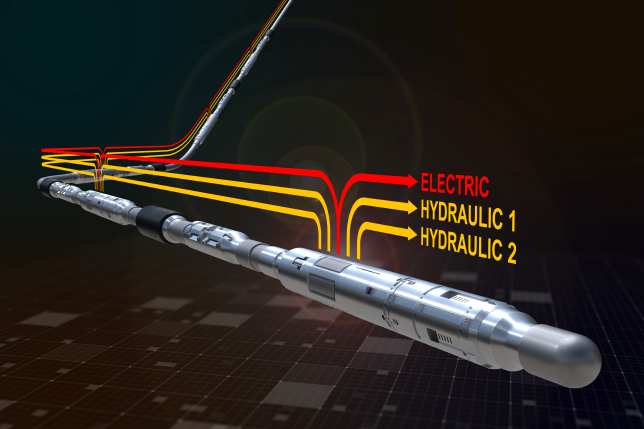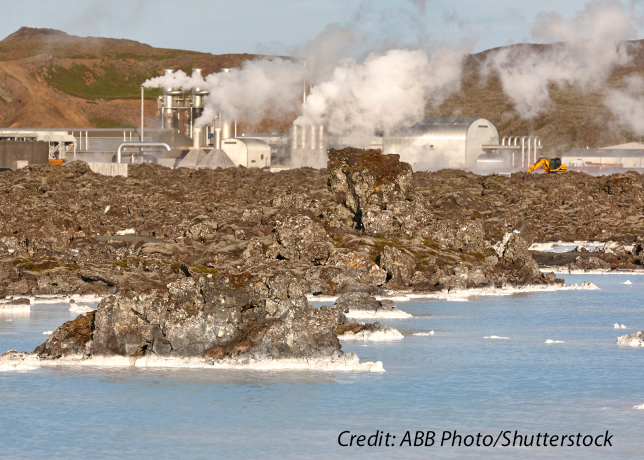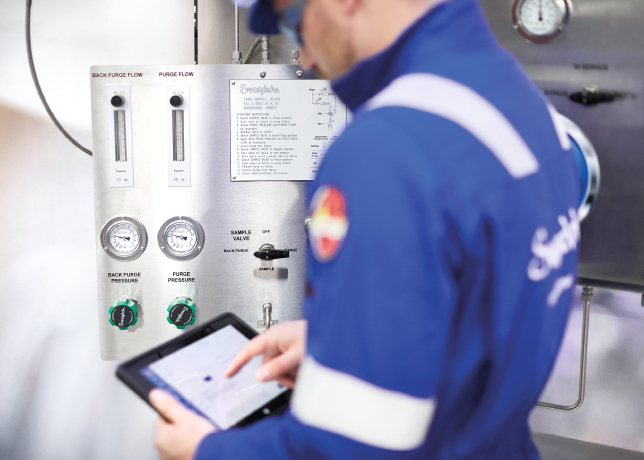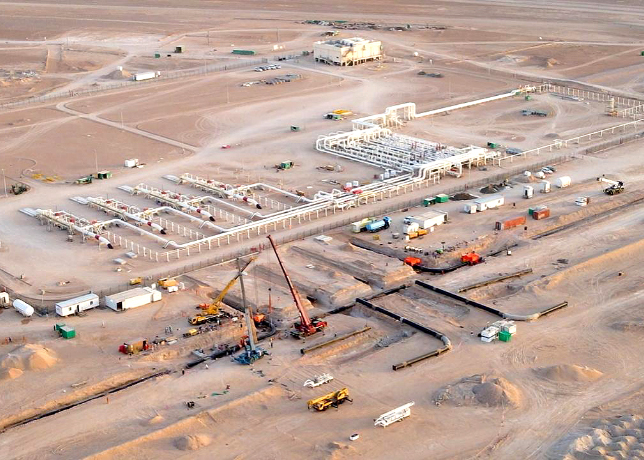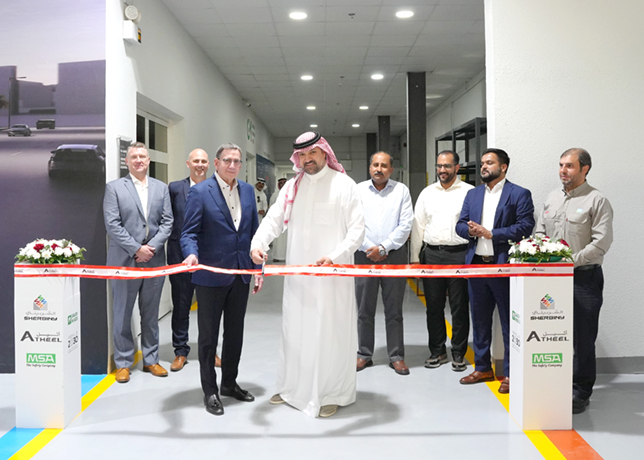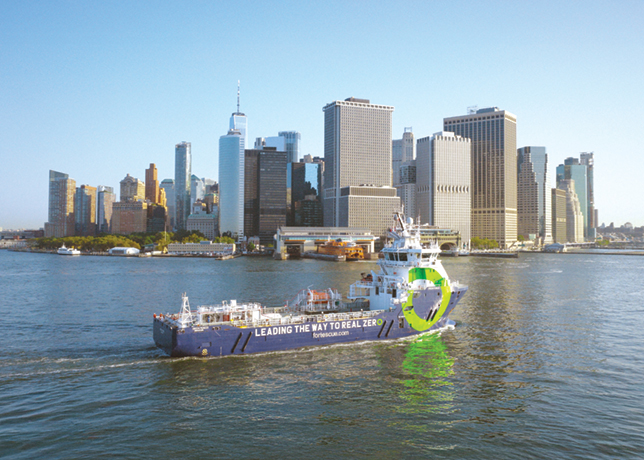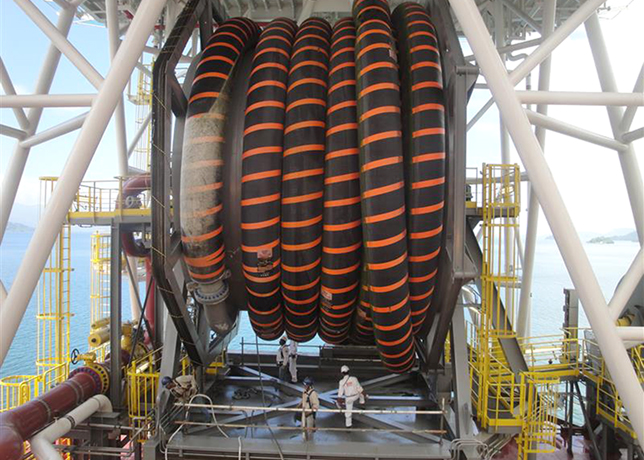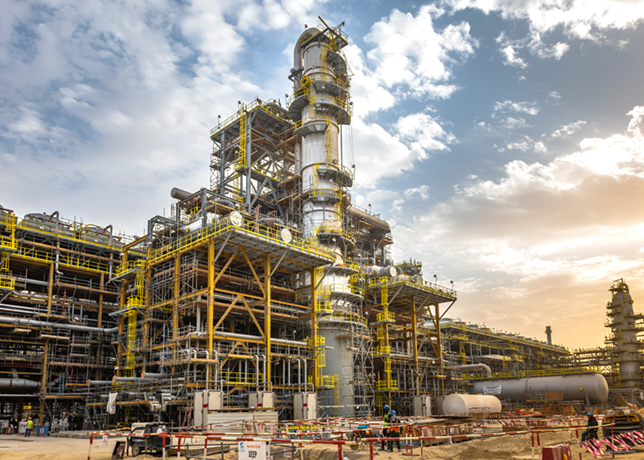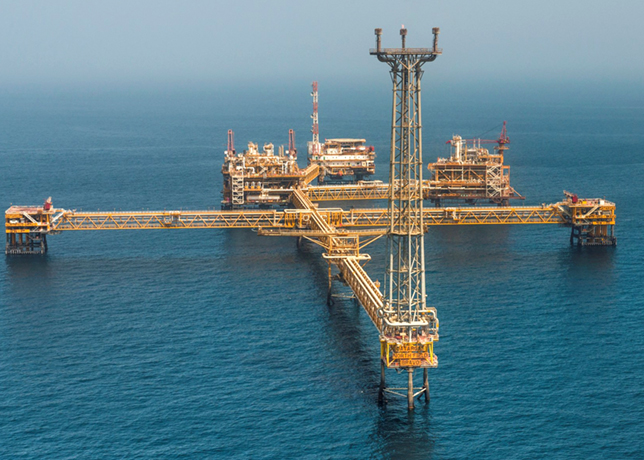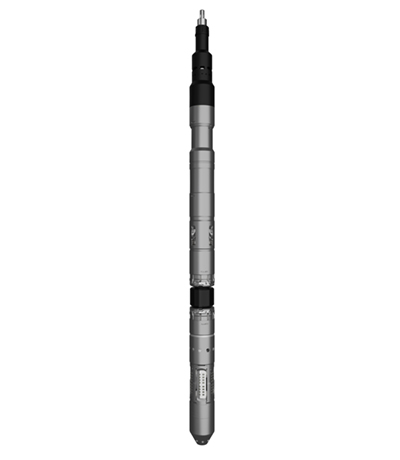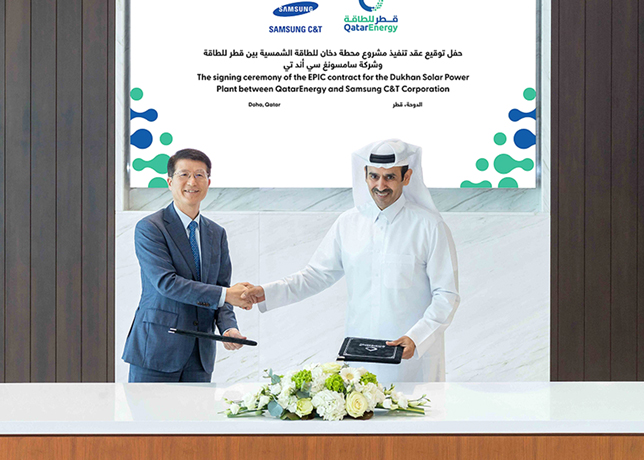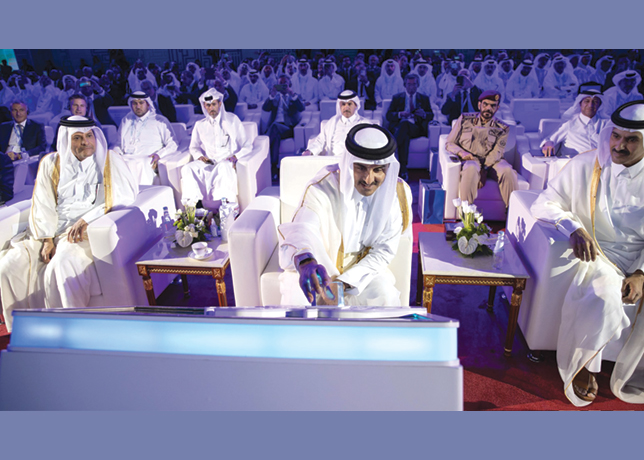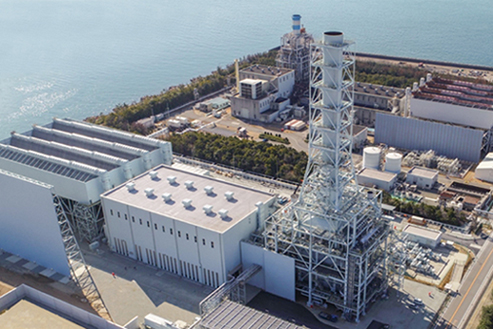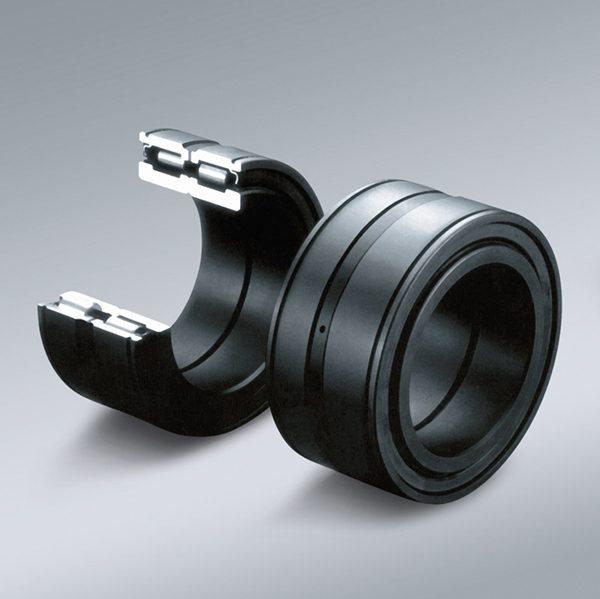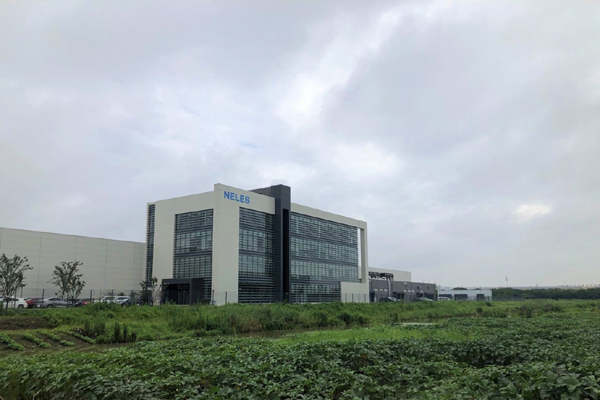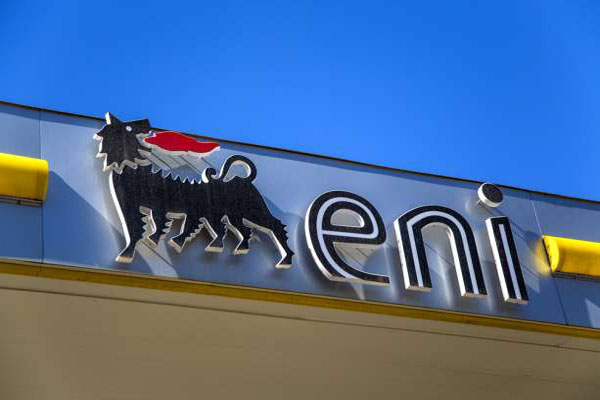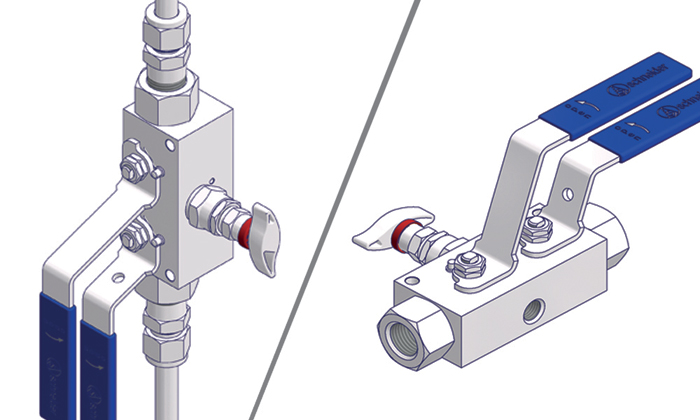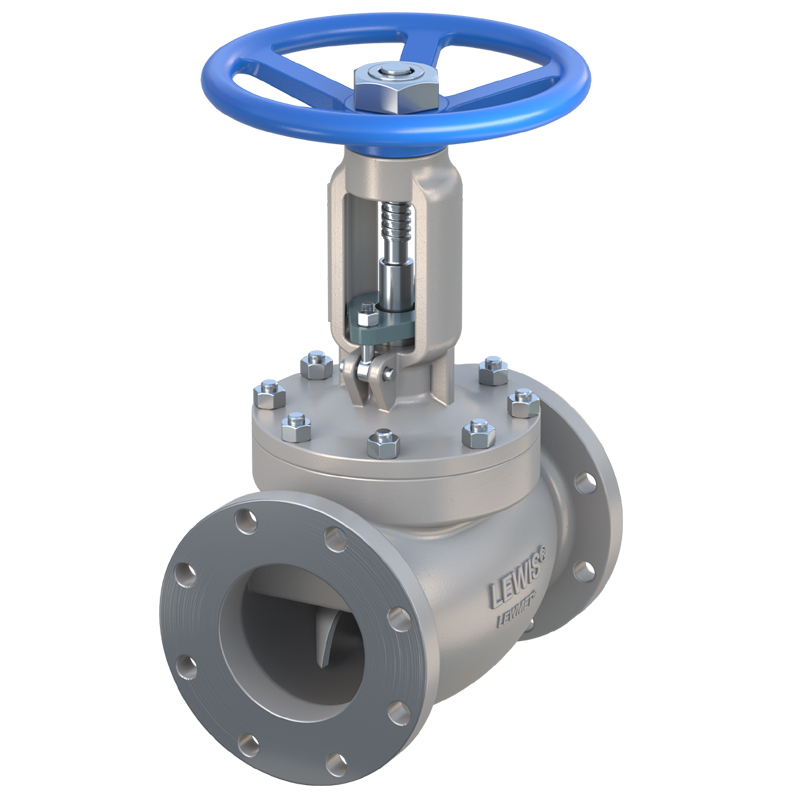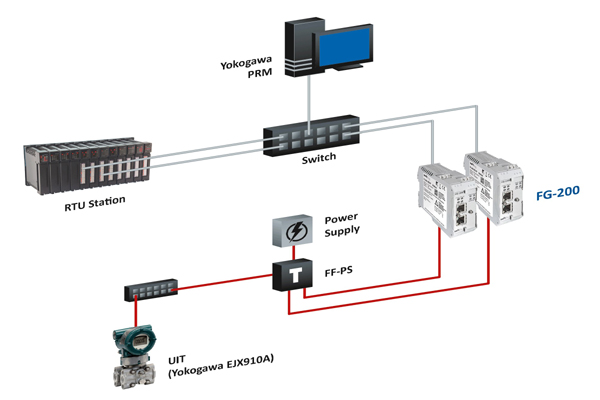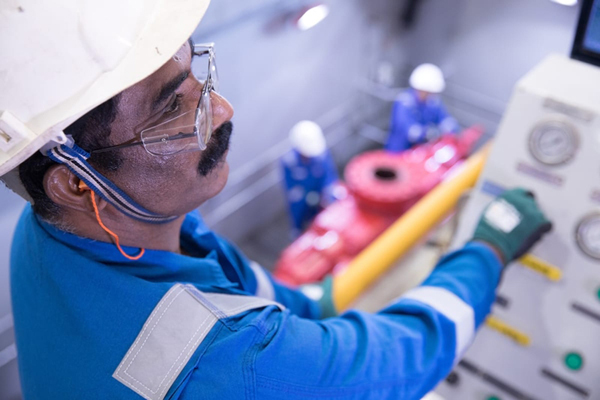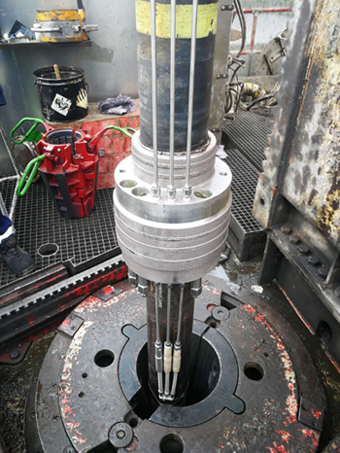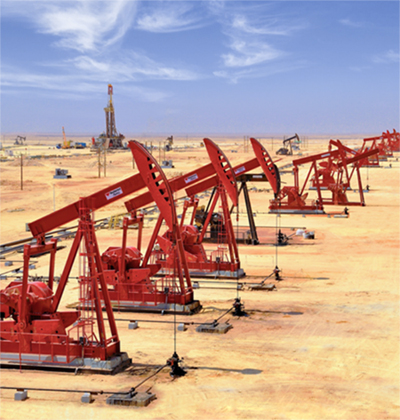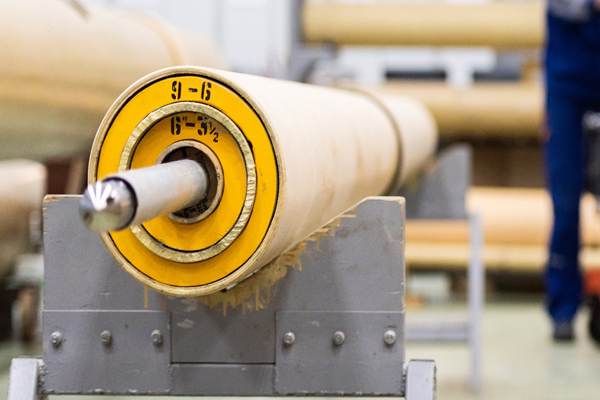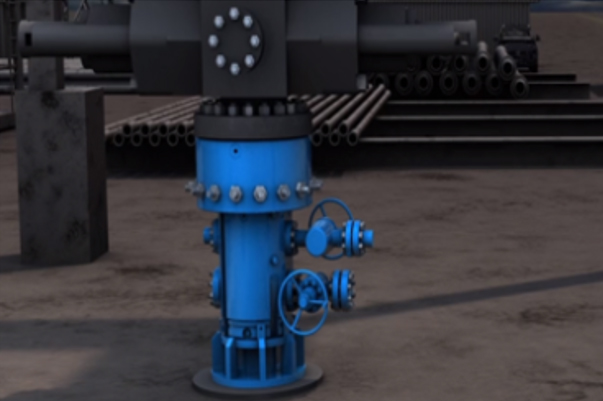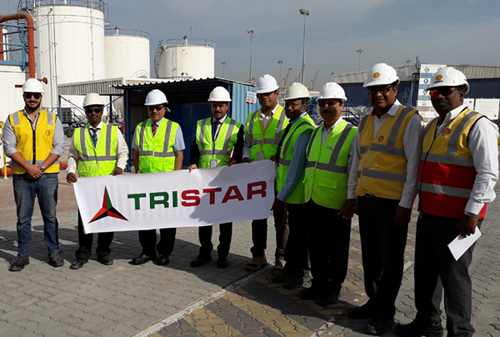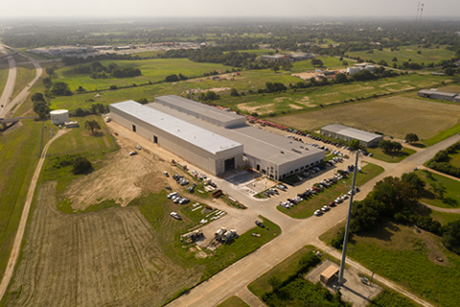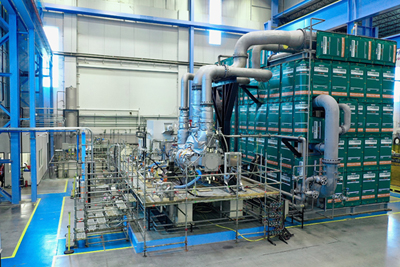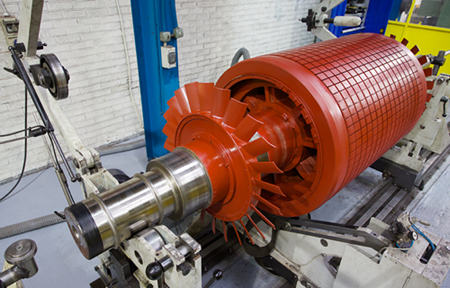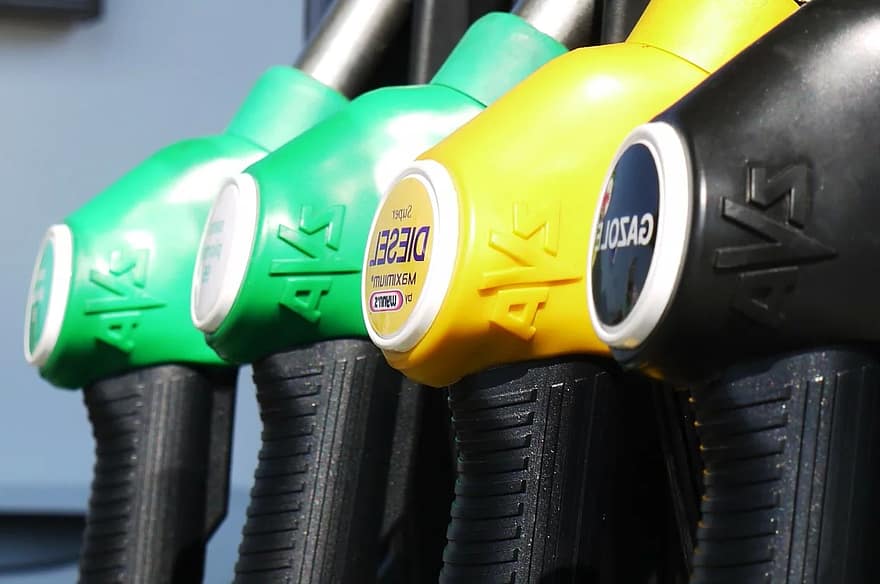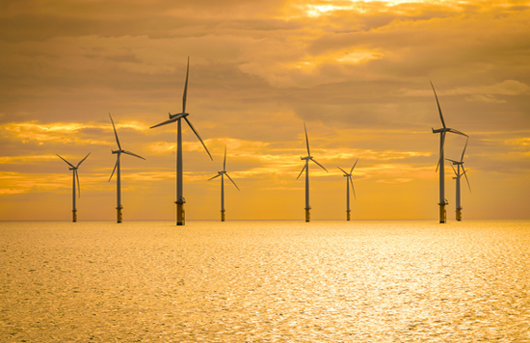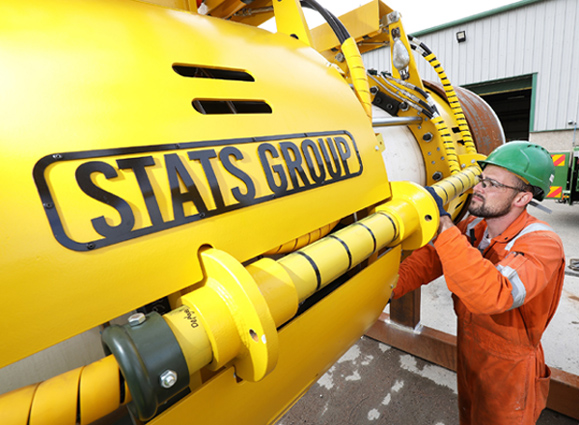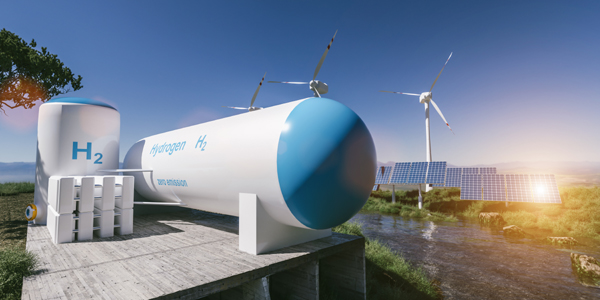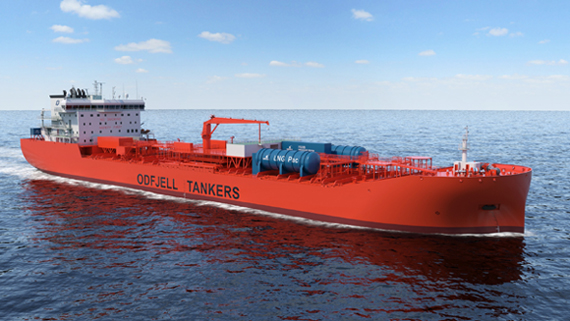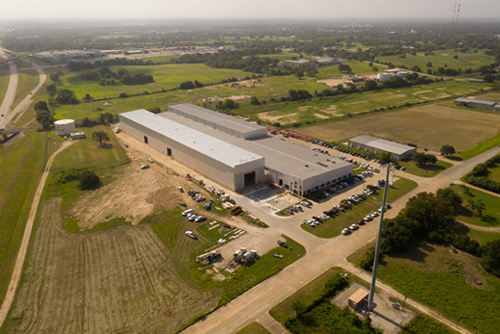
 The brochure of Sigma's new coating, Fire-Barr.
The brochure of Sigma's new coating, Fire-Barr.
There are two main methods to protect industrial equipment: Active Fire Protection which is application of water or fire foams and Passive Fire Protection which is a previous protection of the structure by a coating or fire barrier.
Active Fire protection
Active fire protection is limited because it is vulnerable to interruption. An explosion or other incident may damage deluge pipe work beyond practical use. When needed, the deluge system may be inoperable due to ineffective pumping or blockage of the deluge nozzles. Also, the system requires regular maintenance, the cost of which can be very high. In some cases there can be difficulty in arranging for disposal of the large volumes of water needed in order to provide fire protection and finally, deluge systems do not work in a jet fire situation
Passive fire protection
Passive fire protection (PFP) is not subject to interruption, it will always be in place on the tank/vessel and able to provide fire protection and jet fire protection.
The correct type of passive fire protection will provide corrosion protection will not be damaged in an explosion prior to the fire.
One function of PFP is to delay steel members from reaching the critical temperature at which steel will loose its structural strength.
This enables people to evacuate installations and creates a time window facilitating the rescue operations to search for and assist trapped persons and begin to fight the fire. PFP materials insulate the steel from the heat of a fire, either by their mere presence or by forming an insulating layer in a fire (intumescent coatings). They slow down the heating of the steel structure
To define the right passive protection for the building, we must first look at the kind of fire that our structure may face.
Fire is divided to three main types : - Cellulosic fires which is burning of wood, cotton, paper. faced in commercial buildings - Hydrocarbon pool fire which is burning of oil and gas materials and Hydrocarbon jet fires which is burning of pressurised oil and gas.
All the locations, especially on oil and gas environment, can be made safer with the use of Sigma's new Fire-Barr coating products.
As in most cars that we drive, passive protection is an accepted, and often specified option. Now, our places of work, and valuable industrial assets can be protected in the same way. The benefits of in tumescent-type coatings, that is, coatings which, when exposed to heat and fire expand rapidly, to produce a fire resistant barrier. The coatings are available in thin, and thick (Fire-Barr 2000) film versions, and are suitable for use on all common construction and building materials.
Fire-Barr 2000 is specifically engineered for use in jet-fuel and other hydrocarbon fire-risk situations. In either on or off-shore use this coating will provide the time to save lives and data and the additional time may allow conventional fire-fighting crews to save the structure.
Under extreme temperaturea structural components weaken and collapse and fire will escalate beyond control, Fire-Barr products can help prevent this.
The Fire-Barr 2000 range includes major technological advancement. Previously in tumescent coatings could not be applied or used on surfaces that had a service temperature which exceeded eighty degrees centigrade, a Thermal-Barrier coating is now available which allows for the use of the fire-control coating operating up to one hundred and fifty degrees. This significantly expands the possibility for use in many new applications.
The length of time that Sigma Fire-Barr coatings can keep steel structures stable can be reliably predicted. It depends on the thickness of the coating applied, calculated against the mass and shape of the structure.
Intervals from thirty minutes up to two hours may be specified. In combination with Fire-Barr topcoats, these systems will provide a very high level of corrosion protection. Other systems are available for interior or exterior use and products are available for shop application, and even a repair kit for damage touch-up.




